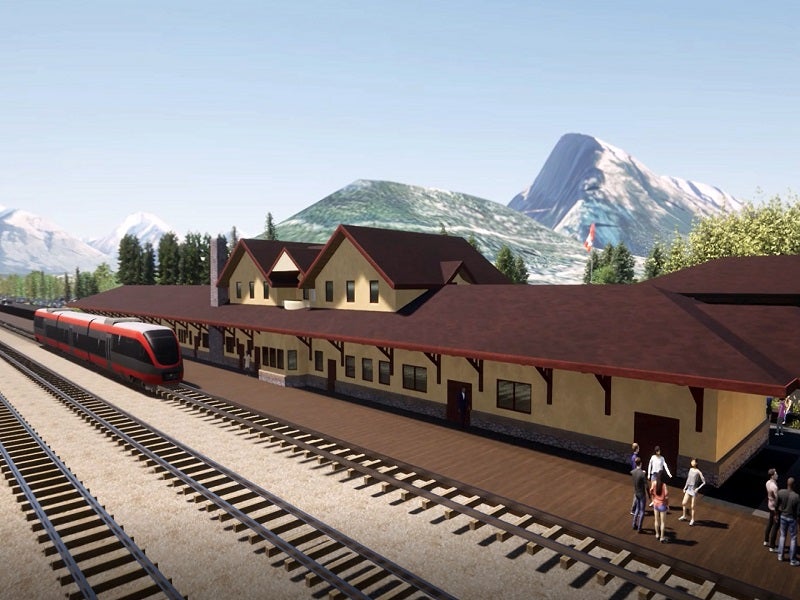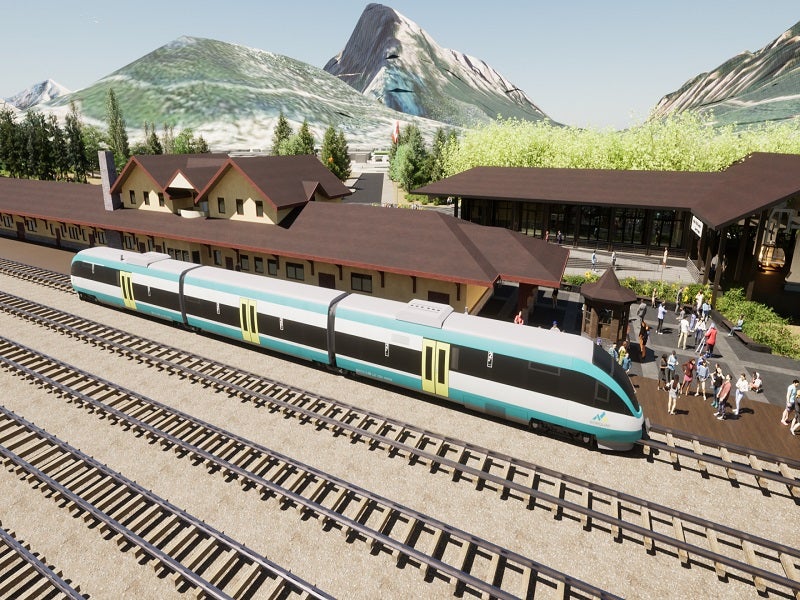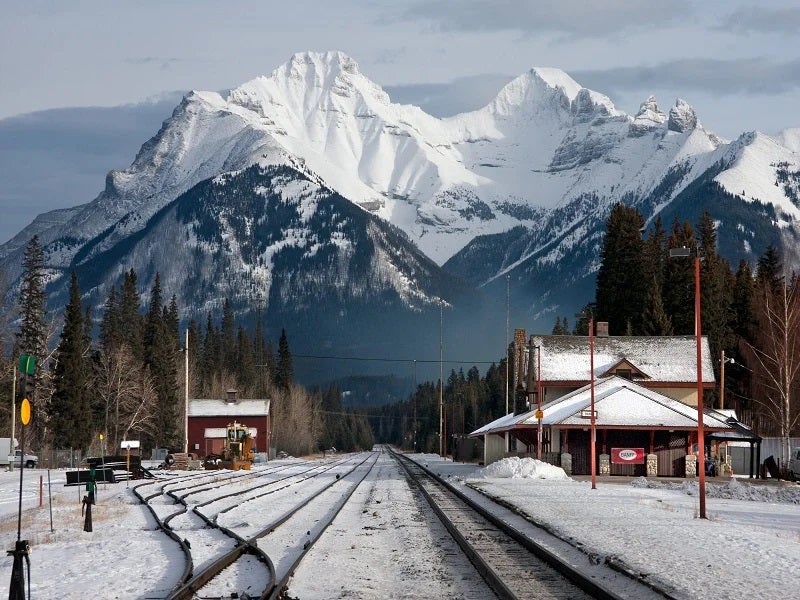The Calgary-Banff/Bow Valley passenger rail project is a proposed 150km-long passenger railway service between Calgary International Airport and Banff railway station in Alberta, Canada.
Local family-owned company Liricon Capital is developing the project, which entails twinning the Canadian Pacific Railway (CPR) corridor railway track to support hassle-free passenger and freight movement. The estimated investment in the project is approximately C$1bn ($796.5m).
The project partners include the Government of Alberta’s Ministry of Transportation (Alberta Transportation), Canada Infrastructure Bank (CIB), and Invest Alberta.
In November 2021, Liricon submitted an enhanced unsolicited proposal to the project partners to move the project from the development phase to the design phase.
The first stage of the design phase was completed by Liricon and Plenary Americas, an infrastructure developer, in June 2022. During the same month, Liricon signed an MoU with the Calgary Airport Authority and the City of Calgary to advance the project and incorporate it with existing and future transit systems.
Calgary-Banff passenger rail project background
The town of Banff released the Calgary-Bow Valley mass transport feasibility study in February 2019. It was commissioned to explore the feasibility of implementing a mass transit service on the Calgary-Bow Valley route.
The study looked at bus and train options, as well as high-level infrastructure and fleet requirements, and confirmed that the mass transit project is feasible.
In April 2019, the Town of Banff discussed the next steps of the mass transportation service project with the regional administrations of Canmore, Cochrane, and the City of Calgary.
An initial memorandum of understanding (MoU) was signed between Alberta Transportation and CIB to complete studies and due diligence for the project in June 2020. Under the MOU, CIB partnered with Alberta Transportation to evaluate the project’s estimated costs and revenues and its environmental, social, and economic benefits before making an investment decision.
Invest Alberta, Alberta Transportation, and CIB signed a detailed MoU in July 2021. The MOU confirms CIB’s support for the project and interest in a long-term investment. The Alberta Government will continue to evaluate the proposal, including soliciting feedback from the regional municipalities and indigenous communities, and assess the option of implementing the project under the public-private partnership (P3) model.
Calgary-Banff passenger rail project details
The Calgary-Banff rail project will include a new sustainable passenger rail infrastructure built within the existing CPR corridor.
The project will feature seven stations along a dedicated route, including Calgary International Airport, downtown Calgary, Calgary Keith, Cochrane, Morley (Stoney Nakoda), Canmore, and Banff.
The new service is expected to have up to ten daily departures from the Calgary airport to Banff. Passengers will have access to an express service from Calgary International Airport to downtown Calgary with a frequency of 15 minutes.
The passenger train service will offer a modern and eco-friendly means of transportation between the airport and the Banff National Park, one of Canada’s most popular tourist destinations.
Funding
The Government of Alberta is contributing $10m of the total pre-development budget of $105m.
Contractors involved
Consulting firm Mott MacDonald carried out the economic impact assessment of the Calgary-Banff rail project.
Project benefits
The new railway passenger service through the rocky mountains will reduce congestion and carbon emissions in the Calgary to Banff National Park corridor while also creating employment and economic opportunities in the region.
The proposed train service will keep vehicles off the road and expand business at the Calgary International Airport.
The project will allow Banff to become a more pedestrian-friendly community. Furthermore, it will provide the residents of the Indigenous communities with greater access to Calgary, Banff, Cochrane, and Canmore.
The Calgary Airport-Banff rail service will enhance tourism opportunities by bringing new foreign tourists and contribute to Banff National Park’s efforts to become a net-zero emissions destination by 2035.
The project’s economic impact assessment indicated that the proposed project investment’s economic rate of return will be more than 6.9 times. The project will offer more than 9,880 job years of employment during construction and 22,500 jobs. Upon completion, it will also boost the Alberta economy by $6.4bn in gross value.
The project will be the first to provide hydrogen-powered passenger rail service.






